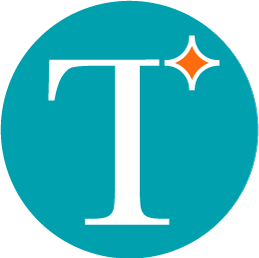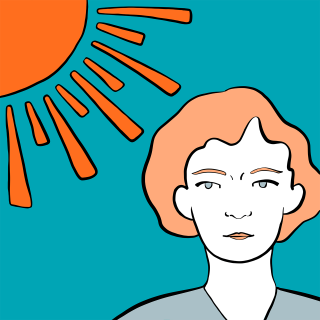Can I use multiple anti-pigmentation serums together?
If by “use together” you mean layering the serums one on top of another — yes, you can use multiple anti-pigmentation serums together, but you must be careful when doing so.
First, you need to choose serums that will have complementary actions rather than conflicting actions. For example, if you apply a vitamin C serum and a retinol serum at the same time, the retinol could conflict with the vitamin C and make it less effective.
Second, perform a separate patch test for each individual serum to make sure your skin can tolerate it before using that serum.
Third, add one serum at a time to your skincare routine, giving your skin plenty of time to adjust before adding the next serum. This way, if you get an adverse reaction, you’ll find it easier to pin down the culprit.
Fourth, once you’re layering the serums, apply them by thinnest to thickest consistency, waiting a few minutes for each serum to be fully absorbed before applying the next serum. If some serums are water based while others are oil based, apply the water-based serums first.
Another way of using multiple anti-pigmentation serums together is by using each on a separate area of your face without mixing the serums. For example, you might use a vitamin C serum on most of your face for overall brightening but put a retinol serum on stubborn dark spots.
Are there natural remedies for skin hyperpigmentation?
Yes, there are various natural remedies which are used to deal with skin hyperpigmentation. These natural remedies include the following five ingredients:
- Aloe vera may reduce melanin production in your skin.
- Liquorice root extract inhibits melanin production and may lighten skin.
- Vitamin C helps reduce melanin production.
- Niacinamide improves your skin’s barrier function and can reduce hyperpigmentation.
- Green tea, either drunk conventionally or applied as a compress (for example, in tea bags), can reduce melanin production.
Bear in mind that natural remedies such as these tend to be less powerful than clinical-grade serums and will take longer to show results. Remember also that no matter how natural a remedy is, it can still irritate your skin or cause an allergic reaction.
Can pregnant women use anti-pigmentation serums?
Some anti-pigmentation serums are fine to still use during pregnancy and while breastfeeding, but others are off the cards completely because of their potential to affect the health of your foetus or newborn.
Vitamin C serums remain safe throughout your pregnancy – this makes sense when you think about it because of how we naturally encounter vitamin C in our diets. Niacinamide and azelaic acid are also safe to use.
Retinol, however, is a no-go. This is because it is derived from vitamin A which, in high enough doses, is a teratogen (meaning that it can create fetal deformities). Even though you are unlikely to use topical retinoids in high enough levels for this to happen, all skincare professionals advise against using retinoids during pregnancy and while breast-feeding.
When you are pregnant you should also avoid using hydroquinone, which is a prescription-only pigment-busting cream that I mentioned earlier. This is because there have been adverse effects on animal fetuses in studies of pregnant animals, but there is no high-quality research on humans (for obvious ethical reasons) – because of this, and because hydroquinone is generally prescribed for cosmetic reasons, it’s best to avoid using hydroquinone while pregnant or breastfeeding.







 The Tweakments Chatbot
The Tweakments Chatbot